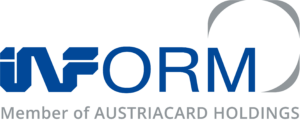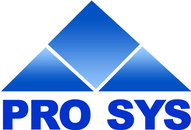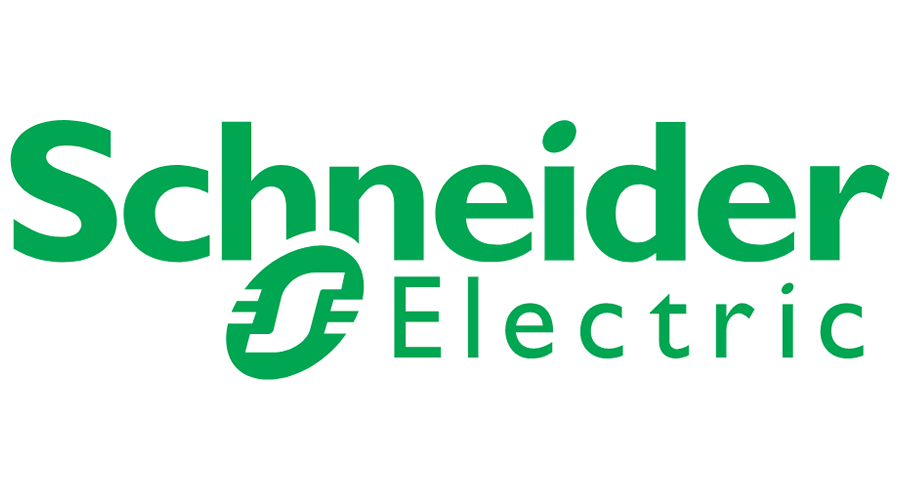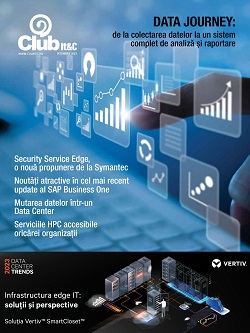In the context of the pressing need to increase budget revenues to offset exceptional expenses generated by the current economic situation, as well as to identify any potential situations of profit shifting from one jurisdiction to another, tax administrations have launched a significant number of tax audits worldwide. Thus, in recent years, tax inspections carried out in Romania, which have targeted direct taxes and, in particular, transfer pricing, have also become increasingly numerous, and 2022 has brought an increase in this regard, but also a shorter timeframe for their conduct.
 The National Agency for Fiscal Administration (NAFA) published a press release earlier this year, in which they announced that 555 tax inspection and unannounced control actions are being carried out on large taxpayers, out of which 128 are being carried out on taxpayers with recurrent losses. Moreover, according to another NAFA communication in June, anti-fraud inspectors estimated tax implications of about RON 77 million (representing VAT, taxes, social and health contributions, and other taxes), estimated in 292 control reports.
The National Agency for Fiscal Administration (NAFA) published a press release earlier this year, in which they announced that 555 tax inspection and unannounced control actions are being carried out on large taxpayers, out of which 128 are being carried out on taxpayers with recurrent losses. Moreover, according to another NAFA communication in June, anti-fraud inspectors estimated tax implications of about RON 77 million (representing VAT, taxes, social and health contributions, and other taxes), estimated in 292 control reports.
The selection of the taxpayers to be subjected to the tax audit is made according to the conducted risk analysis
In the case of a company, the decision to start a tax inspection is based on a risk analysis, which starts from the information provided to NAFA (e.g. financial statements, declarations, etc.) by the company. The risk analysis can be defined as an assessment carried out by the tax administration, which cannot be contested by the taxpayer, to identify situations of tax non-compliance.
„For example, companies that are part of a multinational group, whose profitability margin is outside the range obtained for independent companies operating in the same industry, are likely to be subject to a tax inspection on the transfer pricing side. Moreover, in this situation, there are also companies that register operating losses in consecutive periods.”, mentioned Alina Ghiță, Tax Manager, Mazars Romania.
According to the activity report of the General Directorate for the Administration of Large Taxpayers, a specific risk management system has been created, which should help make tax inspections more efficient, by classifying taxpayers into tax risk classes.
Thus, we have the following categories:
• High tax risk – companies will be subject to tax inspection;
• Medium tax risk – companies will be subject to unannounced inspections;
• Low tax risk – companies will be subject to notifications and document reviews.
Moreover, in view of the most recent order published by NAFA, the risk sub-criteria have been approved, which were developed from the four main criteria established in the Tax Procedure Code, namely:
• the criteria on tax registration: e.g. sub-criteria on non-registration for VAT purposes or as a payer of corporate tax/specific tax/microenterprise income tax/excise duties/income tax and social contributions;
• the criteria on the filing of tax returns: the sub-criteria on the non-filing, erroneous filing or late filing of tax returns or the sub-criterion on the risks associated with partners/shareholders/directors or other persons from the perspective of filing tax returns;
• the criteria on the level of declaration: e.g. sub-criteria on the incorrect declaration of tax rate and amount, on inconsistency or incoherence of data in tax returns with data in other forms required by law, on reduced profitability.
• the criteria on the fulfilment of payment obligations towards the general consolidated budget and other creditors: e.g. sub-criteria on late payment or non-payment of tax obligations, sub-criterion on insolvency.
The implementation of the risk analysis has led to a significant increase in additional tax liabilities imposed as a result of the investigations carried out, and according to the activity report, in 2021, the percentage of tax inspection reports completed on taxpayers with high tax risk was 33% of the total reports completed, while the percentage of additional liabilities imposed as a result of these investigations was 61%.
The tax risks identified in the analysis can also be validated by means of unannounced inspection, which is carried out without prior notice to the taxpayer. The unannounced inspection may consist of checking documents, checking certain transactions (as part of cross-inspections), or assessing a specific tax risk.
„In respect of the above issues, as well as the verification of the risk category by each taxpayer, companies need to prepare documents and identify and monitor the risks that may arise to avoid an adjustment as a result of a tax inspection that would target transfer pricing.”, mentioned Gabriela Roman, Tax Assistant Manager, Mazars Romania.
The transfer pricing file must be made available to the tax authority within a maximum of 10 days from the date of the request in the case of large taxpayers
Taxpayers who carry out transactions with related companies with a total annual value greater than or equal to any of the materiality thresholds detailed below are required to prepare and submit a transfer pricing file at the request of tax inspectors.


































